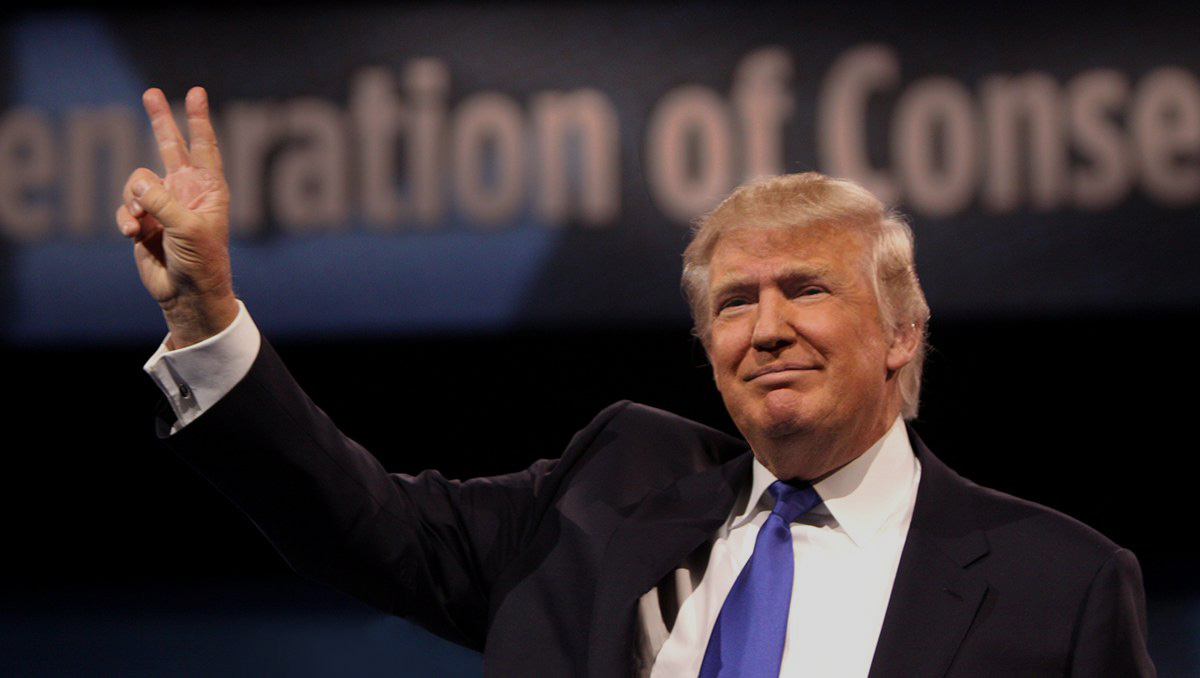Trump’s Massive Cost Shift to States
Under his budget state loses billions for health care, food stamps, schools.
In addition to making deep cuts in public services, President Trump’s budget would also shift massive costs to Wisconsin at a time when our state is already struggling to meet needs for education, transportation, and other services Wisconsin residents rely on. Wisconsin likely would not be able to take on all the new costs without raising taxes, and would instead cut key investments and services that help Wisconsin families thrive.
The Trump budget would push costs onto Wisconsin for:
SNAP, formerly known as food stamps. Last year, SNAP helped 1 million Wisconsin residents – including more than 400,000 children – get enough to eat. One out of every six Wisconsinites got assistance from SNAP last year to put food on the table.
Trump’s budget proposal would make cuts to SNAP that would reduce benefits for some and eliminate them for others. His budget would also push 25% of SNAP benefit costs onto states, a change from the current full federal funding of benefits. In Wisconsin, this would mean the state would have to come up with an additional $250 million a year – or cut food assistance to individuals and families struggling to make ends meet.
Medicaid and the Children’s Health Insurance Program (CHIP) would be cut by about $1.3 trillion over the next 10 years. Because Medicaid is jointly funded by the federal government and states, states would have to raise their own revenue to offset the lost federal funds or, more likely, begin rationing care by restricting Medicaid eligibility and health care services. Federal Medicaid and CHIP dollars help finance health care for 2 million Wisconsinites, including about 500,000 children, 167,000 people with disabilities, and 65,000 seniors in nursing homes.
K-12 education. Trump’s budget cuts millions in federal support for Wisconsin schools, forcing school districts to stretch budgets even further. His budget eliminates or significantly cuts support for services that help Wisconsin children succeed academically, including after-school programs for students in low-income areas, technical and career education, and teacher training. These cuts would force Wisconsin school districts to face a choice between making budget cuts that could harm the quality of the education they provide, or asking local taxpayers to pick up the tab by approving a referendum to increase property taxes.
Other federal grants to states. Trump’s budget would eliminate or shift costs to states for a wide range of services funded by the federal government, including heating assistance, housing services, and programs aimed at expanding opportunity in low-income neighborhoods.
Ken Taylor, of Wisconsin Council on Children and Families, described the harm that that would occur if Wisconsin were on the hook for large parts of the cost of federally-funded services:
“The impact of the President’s budget on Wisconsin children will be severe because our state, like most others, will not be able to close the gap in federal funding. As Wisconsin’s policy makers try to fill in the holes created by President Trump’s budget, they will cut programs that help children, families, and communities thrive. Moreover, the cuts in the President’s proposal will be felt most by families in rural areas, small towns, and within communities of color—people who are working hard to make a living and give their children the best life possible, but who need access to good schools and quality health care. The President’s budget will punish hard-working families in our state and make it harder for them to achieve the American Dream.”
Federal resources are critical to making investments in our workforce, schools, and communities that are necessary for Wisconsin businesses and families to thrive. Wisconsin, like most states, is simply not in a position to shoulder the massive additional costs that Trump has proposed moving to the states.
Wisconsin Budget
-
Charting The Racial Disparities In State’s Prisons
 Nov 28th, 2021 by Tamarine Cornelius
Nov 28th, 2021 by Tamarine Cornelius
-
State’s $1 Billion Tax Cut Leaves Out 49% of Taxpayers
 Sep 21st, 2021 by Tamarine Cornelius
Sep 21st, 2021 by Tamarine Cornelius
-
TANF Program Serves a Fraction of Poor Families
 Aug 30th, 2021 by Jon Peacock
Aug 30th, 2021 by Jon Peacock




















In the year 2000, 17 million people were on Food stamps in the United states and in 2013 48 million people were on food stamps. So, food stamp participation has increased at about 20 percent per year. What is wrong with curbing that growth? Isn’t directing people to jobs better than to a handout.